Mastering Meal Prep: A Top 5 Guide to Enhancing your Culinary Organization with Irresistible Containers
One of the essential steps in mastering meal prep is identifying your specific needs. This involves evaluating your dietary priorities, your cooking skills, and the amount of time and effort you are willing to invest in the process. Once you've established these aspects, it becomes easier to choose containers that are appropriate for your needs, which in turn, enhances your culinary organization.
Additionally, consider the number of meals you intend to prepare. For instance, if you plan to prep all your meals for the week, you'd require different containers compared to someone preparing just a single day’s meals. Understand that the size and number of containers plays an influential role in your preparation strategy.
Proper meal planning also requires consideration of your lifestyle. For example, if you often travel, you'll need portable, leak-proof containers. If you frequently reheat food, microwave-safe containers are a necessity. Your chosen container should therefore reflect your unique patterns to ensure seamless meal prepping.
Lastly, the ease of cleaning the containers should factor into your decision. Assess whether a container is dishwasher-safe or requires manual washing. A container that's easy to clean ensures a hassle-free meal prep process.
Evaluating Container Material Options
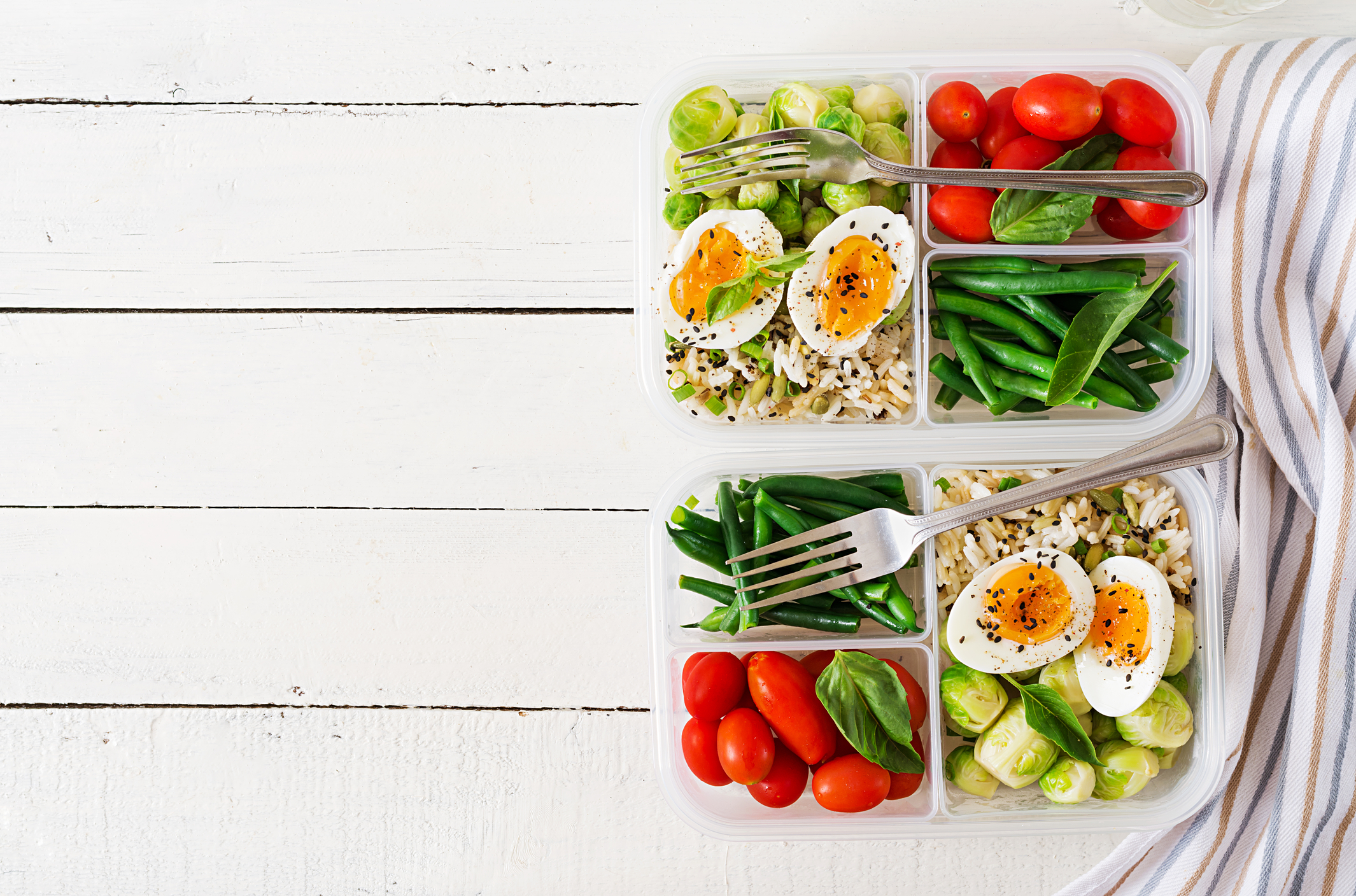
Exploring different materials available for food containers is a critical step in enhancing your meal prep experience. The common options are glass, plastic, and stainless steel.
Glass containers are often the best choice for meal prep since they are long-lasting, microwave-safe, and easy to clean. They are reliable for maintaining food freshness and do not absorb color or odor from the food items. While glass containers may be extra weighty, their benefits tend to outweigh this disadvantage.
Plastic containers can be a more cost-effective and lightweight solution. They are ideal for on-the-go meals due to their lightweight nature. However, it's essential to choose BPA-free plastic containers as they're safer for food storage.
Stainless steel containers are known for their durability. They are an excellent option for those who prioritize long-term use. These containers are free of harmful chemicals, easy to clean, and resistant to staining.
The Importance of Size & Compartment Choices
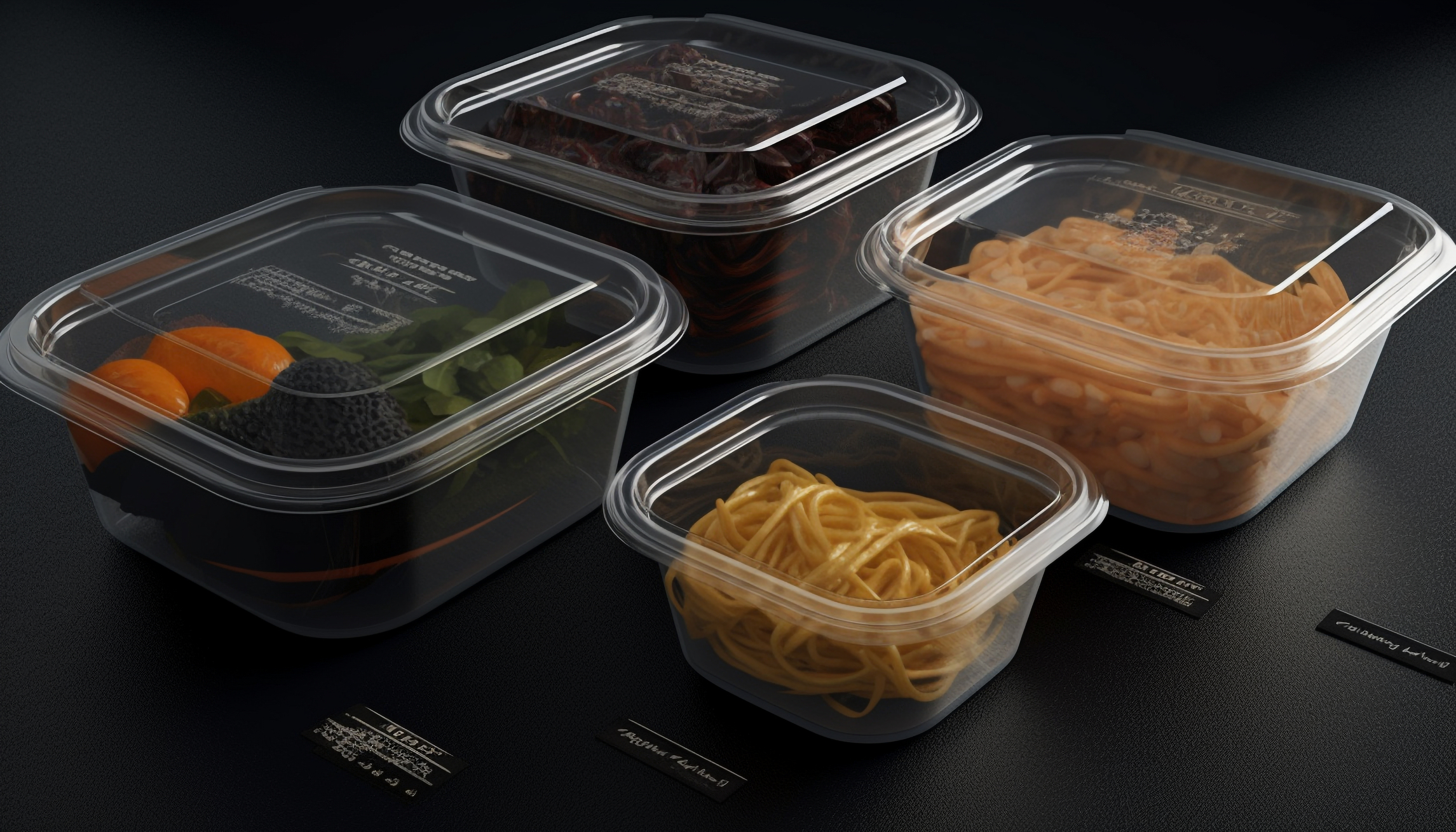
When mastering meal prep, selecting containers of suitable sizes and compartments is crucial. Having a variety of container sizes caters to different meal portions—large ones for main courses and smaller ones for snacks or dips.
Multi-compartment containers are ideal for controlling portions and separating food items that shouldn't mix until they're consumed. For instance, a meal that includes a salad should be stored in a container that keeps the salad separate from the rest of the food to maintain its freshness.
Single compartment containers, on the other hand, are practical for those prep meals that will mix during the consumption process. Single meals like pasta or a stir-fry, fit perfectly in these kinds of containers.
Understanding the Role of Seal Quality
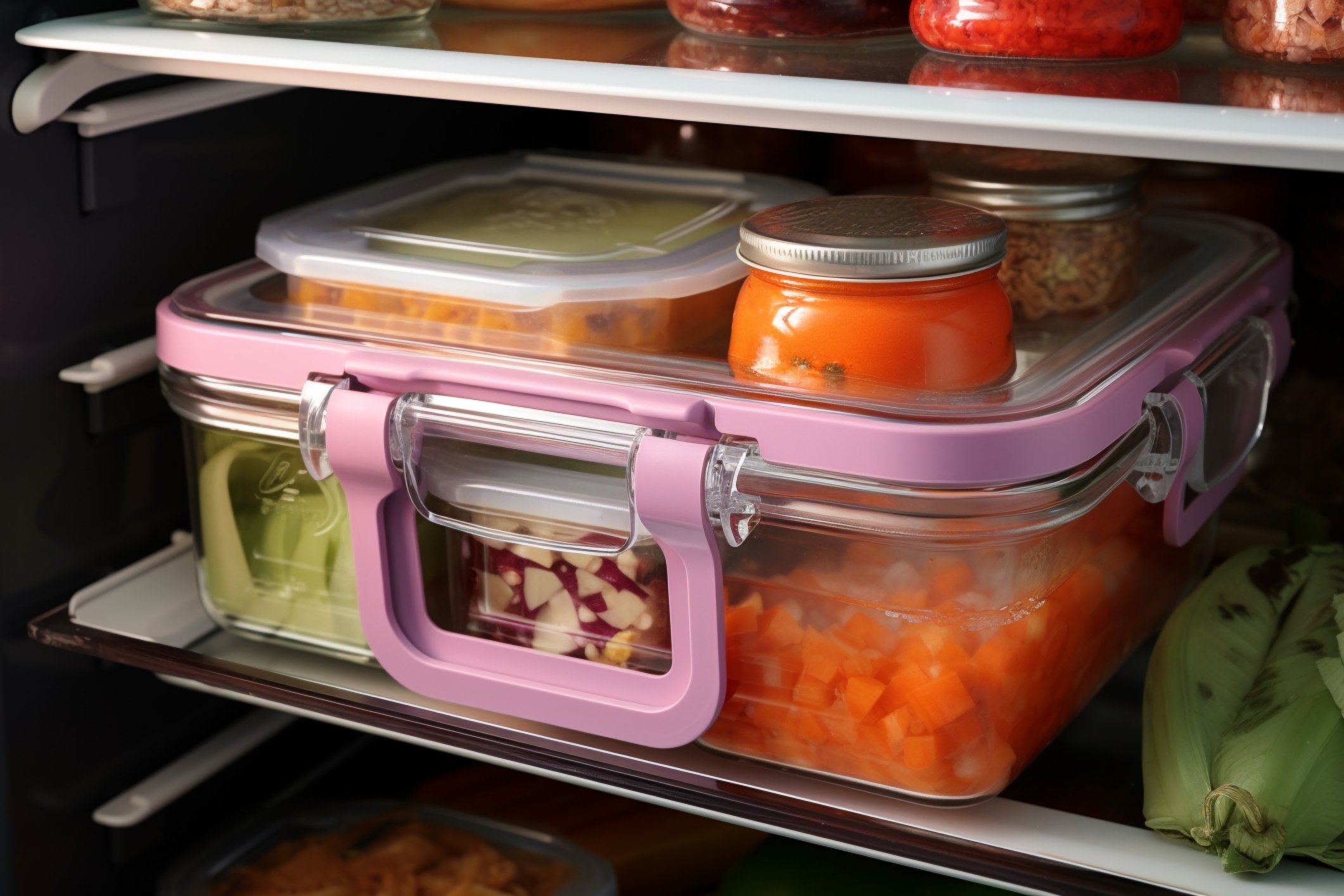
Seal quality is a critical factor that often goes unnoticed when choosing meal prep containers. The type of seal in your container determines the level of freshness your food maintains and how leak-proof the container is.
Containers with snap-on lids often provide a good seal, and they are user-friendly. Those with locking mechanisms offer even better protection against leaks. For meals that contain a lot of sauce or liquid, these containers work best.
Adapting to Sustainability Practices
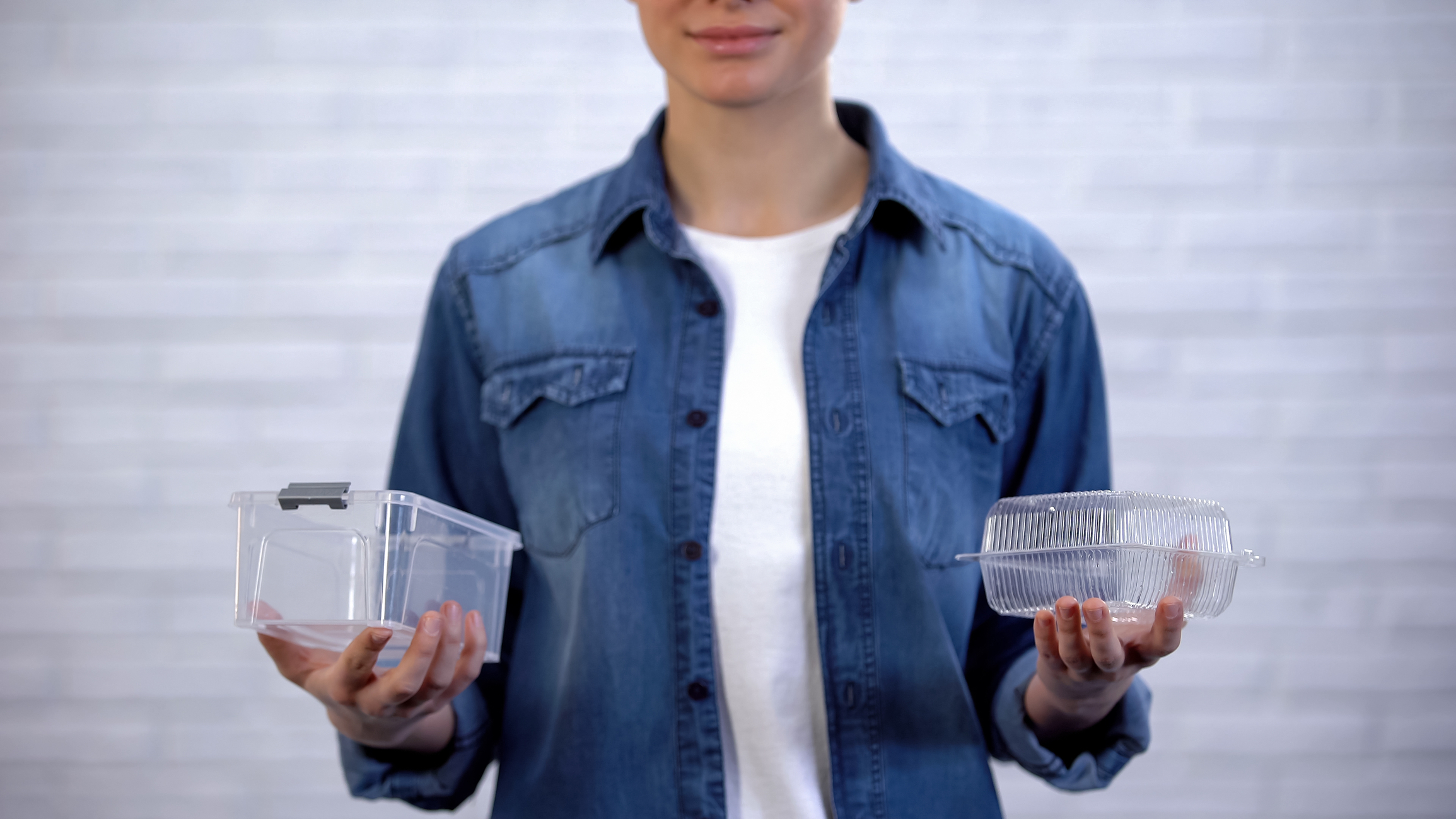
Aligning your meal prep process with sustainability practices is an excellent avenue to exhibit responsible behavior towards the environment. It also contributes to better health since sustainable containers are generally made without harmful chemicals.
Opt for containers that are made from recycled or environmentally-friendly materials. Similarly, choose containers that are durable and reusable – the longer your containers last, the fewer containers you'll have to purchase, which reduces environmental impact.
Also, consider the disposal of the containers. Are they recyclable or compostable? Making environmentally conscious choices in your meal prep routine not only contributes to a healthier planet but also improves your overall health status.
Maximizing Container Versatility
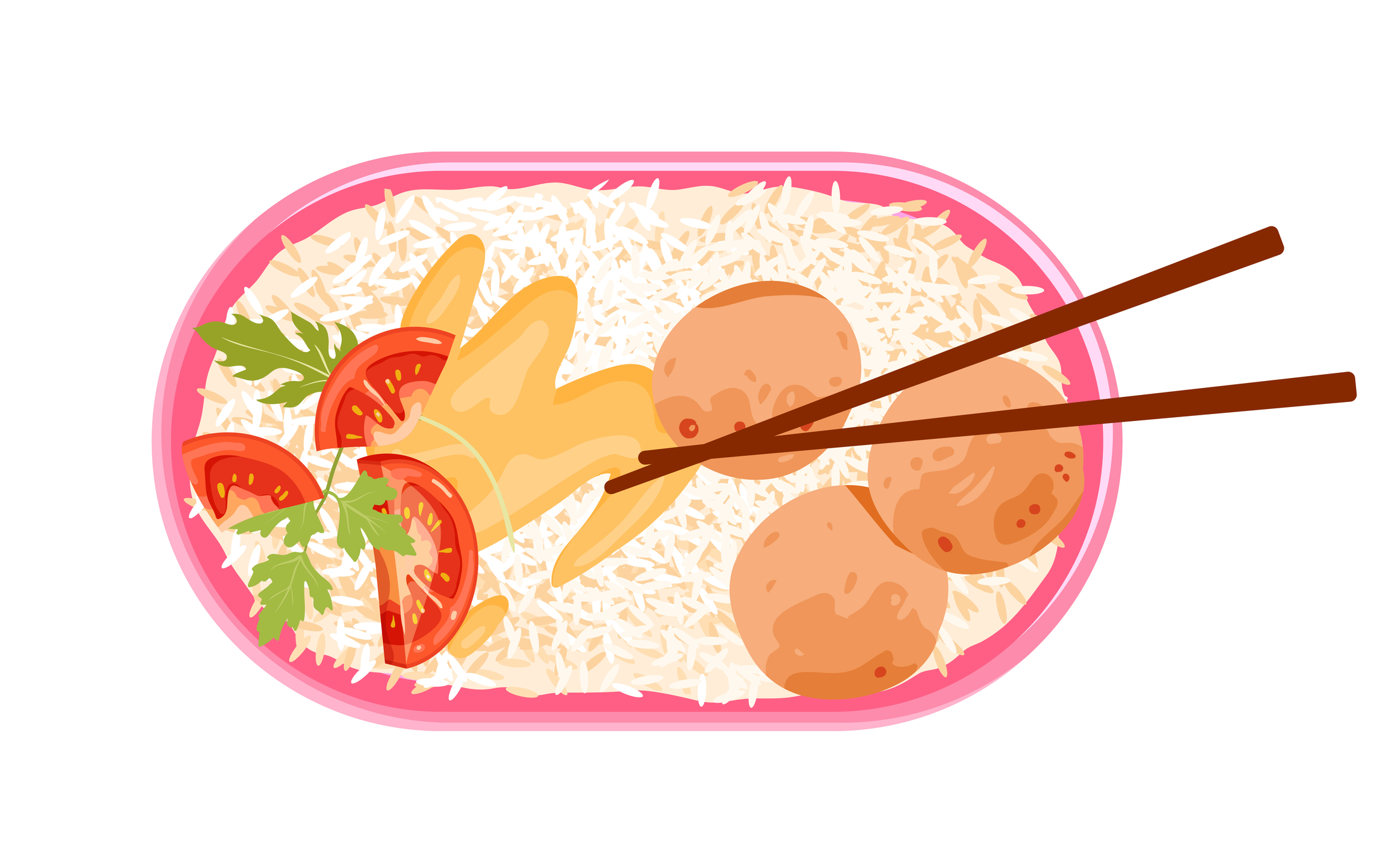
An often overlooked benefit of meal prep containers is their versatility. While they are primarily used for food storage, they can also be used for other culinary processes such as marination, mixing, baking (in the case of glass containers), or even serving.
Look for containers that can transition from the fridge to the microwave or oven without breaking. Containers with this feature offer you excellent versatility in reheating meals, which adds to the ease and convenience of meal prepping.
Additionally, some containers come with features like attachable cutlery or in-built sauce compartments - these features make them more versatile and convenient for on-the-go meals. When you explore such possibilities, meal prep becomes a task that’s not just about organization, but also about maximizing functionality.